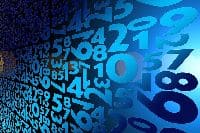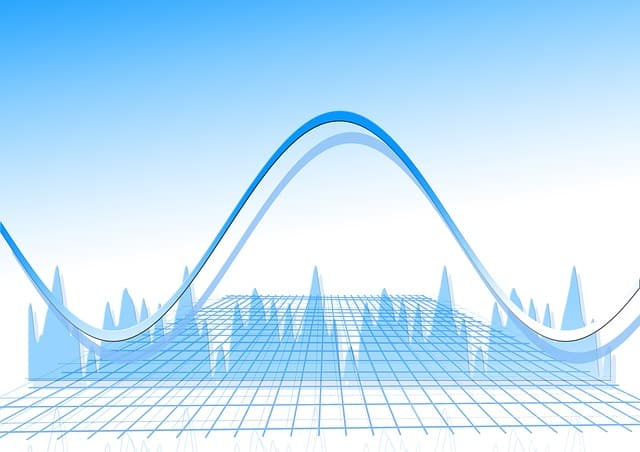
The Wall Street Journal reported that almost all the major stock market indexes had posted strong gains in the last 12 months
The Wall Street Journal reported that almost all the major stock market indexes had posted strong gains in the last 12 months. The one-year return for the S&P 500, a group of 500 very large companies, was approximately + 27%. The one-year return in the Russell 2000, a group of 2000 small companies, was approximately + 52%. Historically, the one-year returns are approximately normal. The standard deviation in the S&P 500 returns is approximately 20%, and in the Russell 2000 the standard deviation is approximately 35%.
a. What is the probability that a stock in the S&P 500 gained 30% or more in the last year? Gained 60% or more in the last year?
b. What is the probability that a stock in the S&P 500 lost money in the last year? Lost 30% or more?
c. Repeat (a) and (b) for a stock in the Russell 2000.
d. Write a short summary on your findings. Be sure to include a discussion of the risks associated with a large standard deviation.
Solution: a.-) We’ll analyze S&P 500. We know we can consider the mean earnings of the S&P 500 to be
![]()
(measured in %). Also we know that the approximate standard deviation for the S&P 500 is
![]()
(also measured in %). We call again![]() to the return of a stock in the last year. We are looking for the probability that
to the return of a stock in the last year. We are looking for the probability that![]() , and the probability that
, and the probability that![]() as in the previous part. We have that
as in the previous part. We have that
![]()
But ![]() has a standard normal distribution. Therefore:
has a standard normal distribution. Therefore:
![]()
The last probability is found using the EXCEL function NORMSDIST. In the same vein
![]()
Again, ![]() has a standard normal distribution. Therefore:
has a standard normal distribution. Therefore:
![]()
Again we used the function NORMSDIST.
b.-) We are looking for the probability that![]() now.
now.
![]()
Similarly, to get the probability that![]() we do:
we do:
![]()
c.-) We’ll analyze Russell 2000 now. We know we can consider the mean earnings of the Russell 2000 to be
![]()
(measured in %). Also we know that the approximate standard deviation for the S&P 500 is
![]()
(also measured in %). Let’s call ![]() to the return of a stock in the last year. We are looking for the probability that
to the return of a stock in the last year. We are looking for the probability that![]() , and the probability that
, and the probability that![]() . We have that
. We have that
![]()
On the other hand
![]()
d.-) In both S&P 500 and Russell 2000, the gains are very strong, but due to their relatively high standard deviation (20% and 35%), the variability could be high as well. That means that even though the gains are +27% for S&P 500, still there is 8% probability that a stock lost money last year. Despite of the variability, the probability of good returns are still very high for a stock. For example, with a 73.52% probability a Russell 2000 stock gained 30% or more.
Related Content


Combining Efforts with a Statistics Expert - StatisticsHelp

Statistics Help: Where To Find it? - StatisticsHelp

